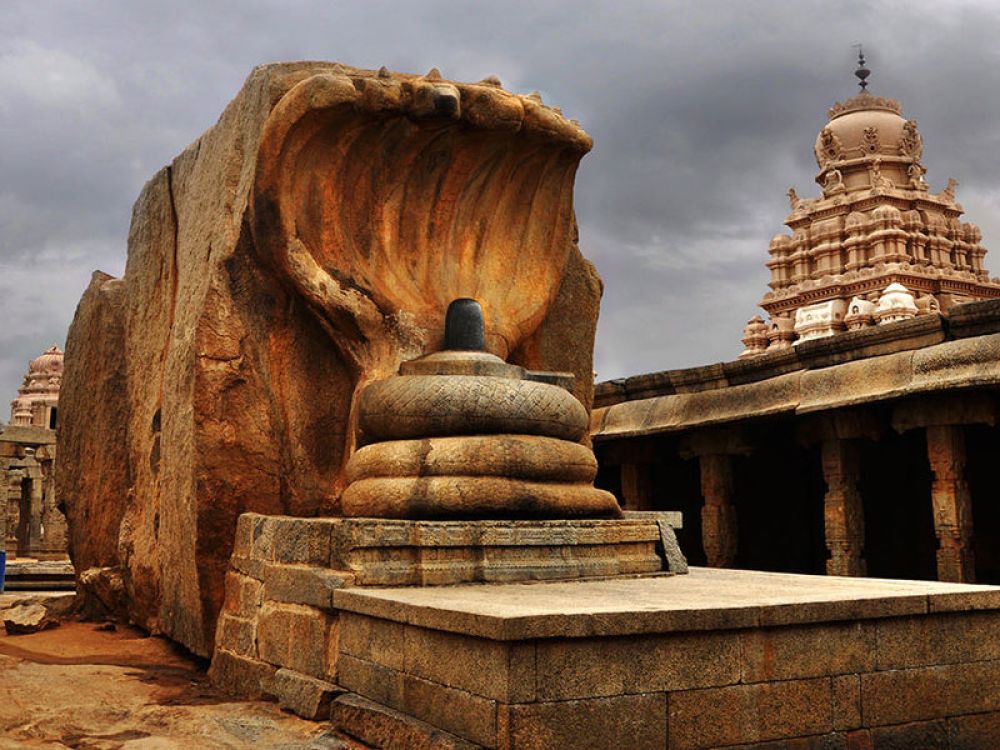

The Veerabhadra Temple, located in the Anantapur district of Andhra Pradesh, India, is an illustrious example of Vijayanagara architectural style. This temple has stood as a witness to the remarkable history and cultural heritage of Southern India for several centuries.
Constructed during the 16th century, the temple is dedicated to Lord Veerabhadra, a fearsome incarnation of Lord Shiva. The temple was built under the patronage of the Vijayanagara rulers, notable for their extensive encouragement of arts, culture, and temple architecture during their reign.
Featuring intricate carvings and stunning sculptures, the architecture of the Veerabhadra Temple is an exemplar of Vijayanagara style with elements such as towering gopurams, grand pillared halls, and majestic mandapas.
Over the centuries, the Veerabhadra Temple has drawn visitors from various parts of the country and beyond. Initially visited primarily by pilgrims and connoisseurs of art and architecture, it wasn't until the 20th century that tourism picked up pace with the area's development and the Indian government's efforts to promote cultural tourism.
With the advent of modernity and improvements in transportation infrastructure, the number of tourists visiting the temple has increased significantly. Increasingly, the temple's contribution to the cultural and religious tapestry of India is being recognized. Efforts have been made to preserve the site and enhance the visitor experience with amenities and information dissemination.
In recent years, there has been a shift towards sustainable and responsible tourism. Visitors to the Veerabhadra Temple are encouraged to respect the sacred nature of the site and participate in preservation efforts. Additionally, cultural events and festivals celebrated at the temple, like Maha Shivaratri, have become major draws for tourists seeking authentic experiences.
The Veerabhadra Temple is now more accessible than ever, with improved roads and local guides available to aid tourists in understanding the temple's history and cultural significance. Amenities such as restaurants, accommodations, and information kiosks have also become more commonplace, catering to the needs of the modern traveler.